The 10 Essentials You Should Be Bringing On Your Adventures
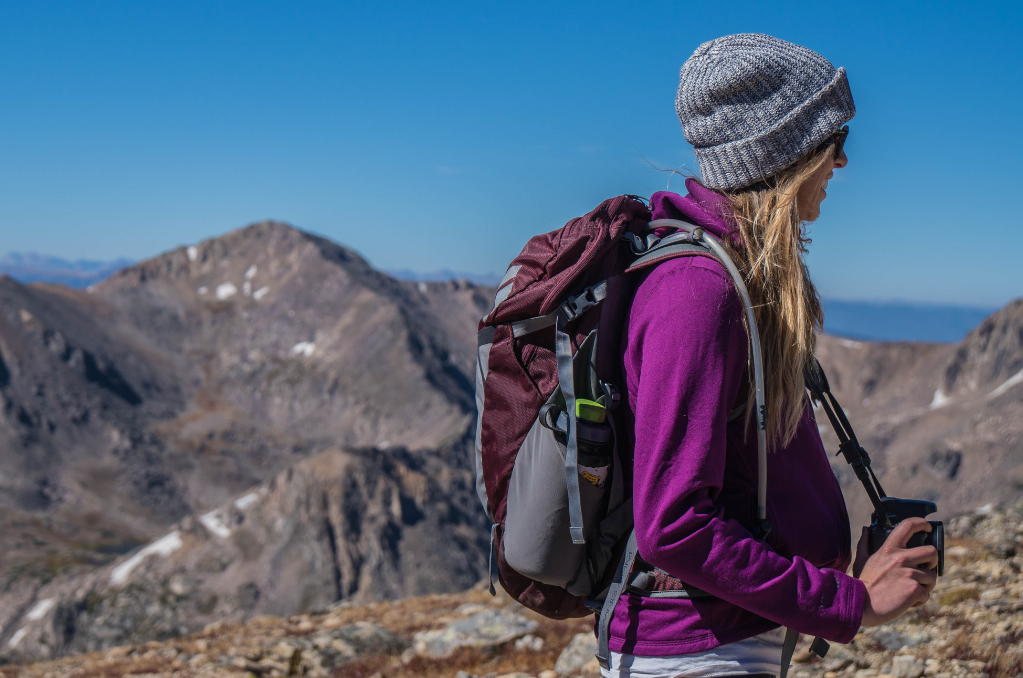
Back in the 1930s The Mountaineers, a climbing and outdoor club in Seattle put together a list of gear called the 10 Essentials to help people be prepared for emergency situations in the outdoors. This list has been modified since to include 10 types of gear rather than individual items and should be tailored to your specific adventure. A multi-day backpacking trip is going to require more than an hour long hike close to home, and a kayak or bike trip may need additional gear not listed so please use this list as a guideline rather than a complete list.
Not only is it important to have these with you, but it is also important to know how to use the items in the event that you do need them. Learn how to read a map, use your compass and GPS, your bear spray, splint a broken bone, etc. Your outdoor gear store (like MEC or REI) is a great place to ask for some advice, and they occasionally have some events/courses if you do need some training (or they will know where to direct you to one) Learning First Aid is also a great skill, as well as any adventure-specific training you may need (like Avalanche Safety Training). These items and skills can be a lifesaver should you or your adventure partner sustain an injury, get lost and need to camp out in the wilderness overnight, or should a natural disaster occur.
I keep all of my essentials (and additional items aside from this list that I consider essential – which I will list below) in a bin in my gear closet so when I head out on any type of adventure, I can grab out the bin and go through what I specifically need for the type of adventure I am embarking on and put it in my stuff sack that will go in my backpack.
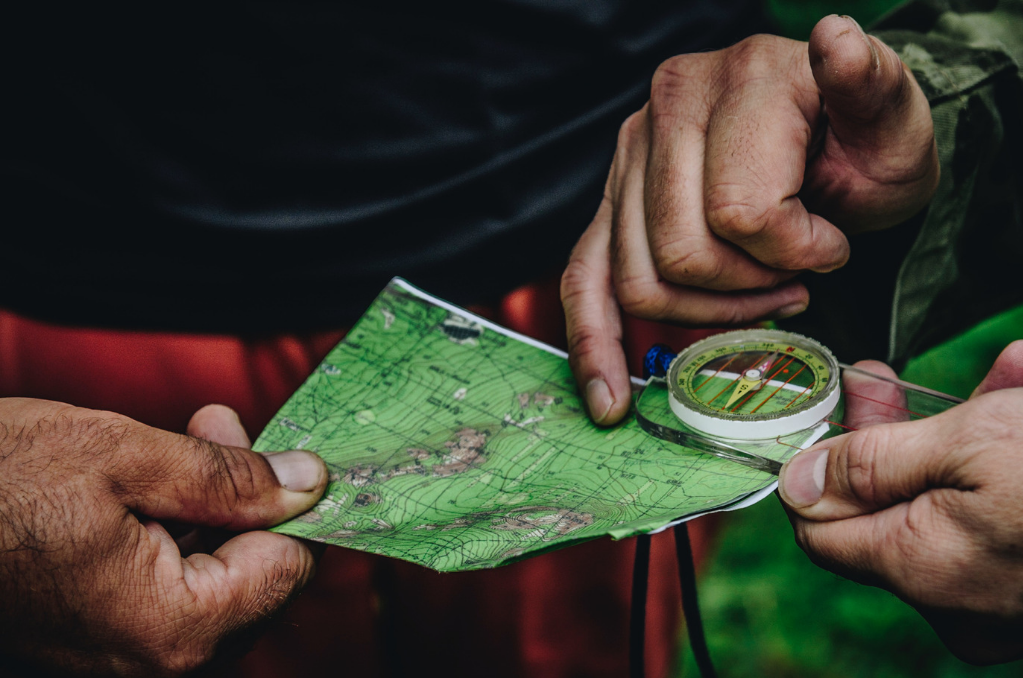
1. NAVIGATION
Topographic maps are essential when in unfamiliar areas, and technology should not replace your map, compass and your navigation skills. Batteries have limited life, and can die quickly in colder weather. If you can’t find an existing topo map for the area you are hiking, CalTopo is a great online resource to create a map of your route. (Just be sure to print it out as well so you have a paper copy as backup).
- Map (waterproof or stored in a ziplock bag)
- Compass
- GPS
- Altimeter
- Personal Locator Beacon or Satellite Messenger
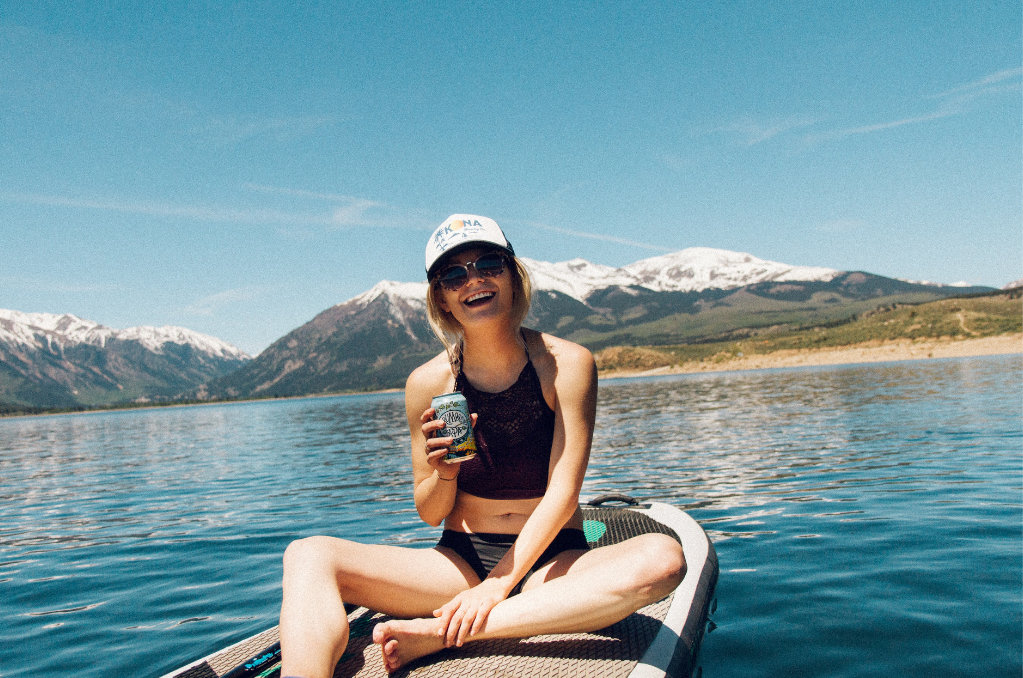
2. SUN PROTECTION
No one expects to get a sunburn and sometimes you don’t notice until it is too late and you already look like a lobster. Protecting yourself from sun is essential in the short-term and long-term harmful effects of the sun.
You will want to get sunglasses that block UVA and UVB rays, and if out on the snow or water – a polarized lens to cut out the glare. And with sunscreen, also blocking UVA and UVB rays with a minimum of SPF 15 (you may need a higher SPF if you are fair-skinned, prone to burning, or going to be outdoors for an extended period of time)
- Sunglasses
- Sunscreen
- SPF lip balm
- Clothing for Sun Protection
-
Hat
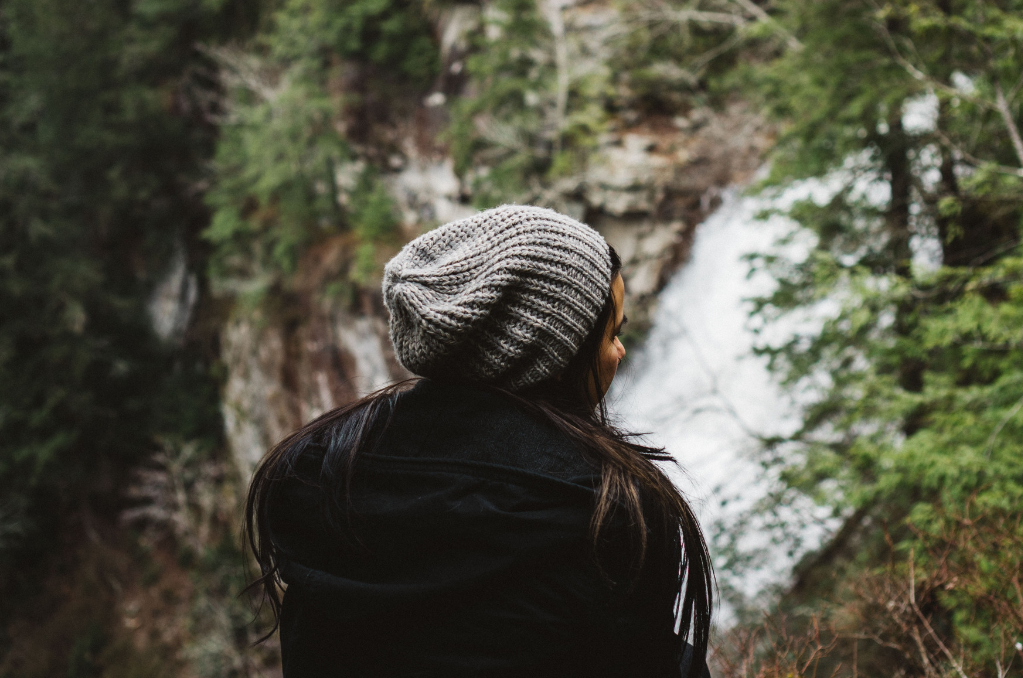
3. INSULATION (EXTRA CLOTHING)
Weather is unpredictable and can change in an instant. Especially in higher altitudes and what could have started out as a warm, sunny day at the trailhead can end up being a snowstorm. You want to bring enough clothing that you can survive the worst conditions that you may encounter so hypothermia does not set in if you are stuck out longer than expected. Do note that cotton will make you colder if wet, so pack along merino wool or synthetic layers instead.
- Base layers (top and bottom)
- Gloves
- Jacket or vest
- Toque (beanie)
- Rain jacket and pants
- Socks
- Buff
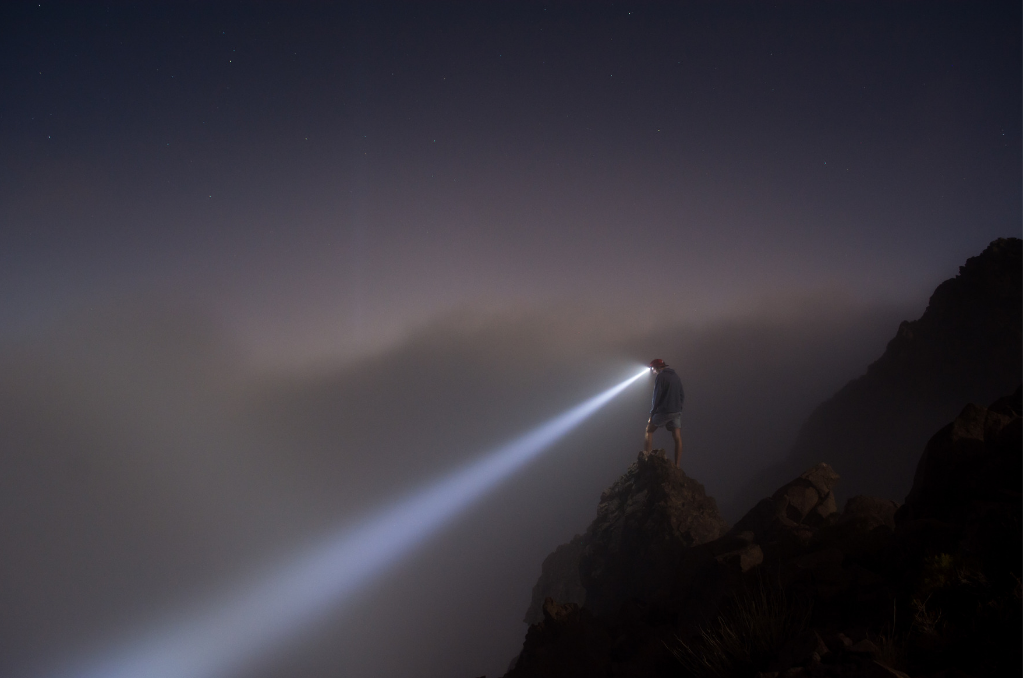
4. ILLUMINATION
It will be hard to get home not seeing where you are going. A headlamp is usually a preferred choice as it keeps your hands free for your hiking poles, cooking, etc. but a flashlight works just as good. Always carry extra batteries (or a solar powered light). You don’t want to be the person whose batteries run out mid-trip.
- Headlamp
- Flashlight
- Extra batteries
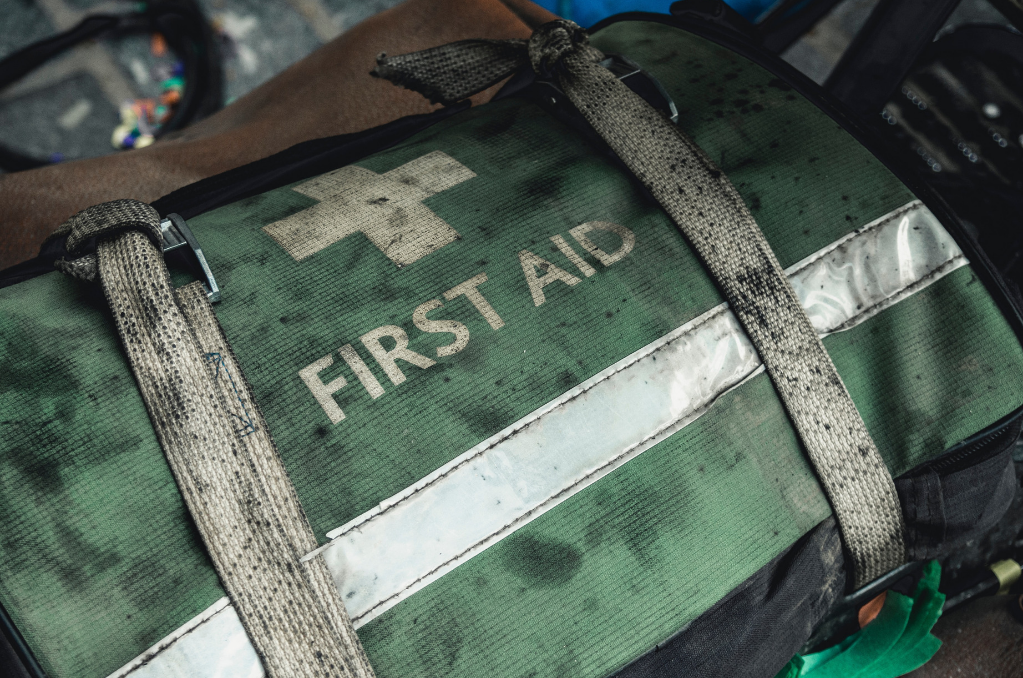
5. FIRST-AID
A pre-made kit is a great place to start and you can add additional items to suit your needs. (They even make lightweight kits, that barely weigh anything!) If you take regular medications, you will want to bring enough plus some extra just incase you are unexpectedly out in the wilderness for a day or two.
I saw a great post that talked about using dog tags for your ID – you are going to want to put essential information on these like your name, birthdate, emergency contact phone number, major medical issues, medication allergies and blood type.
- First Aid Kit
- Blister and Burn Care
- Medication
- ICE (in case of emergency) contacts and info.
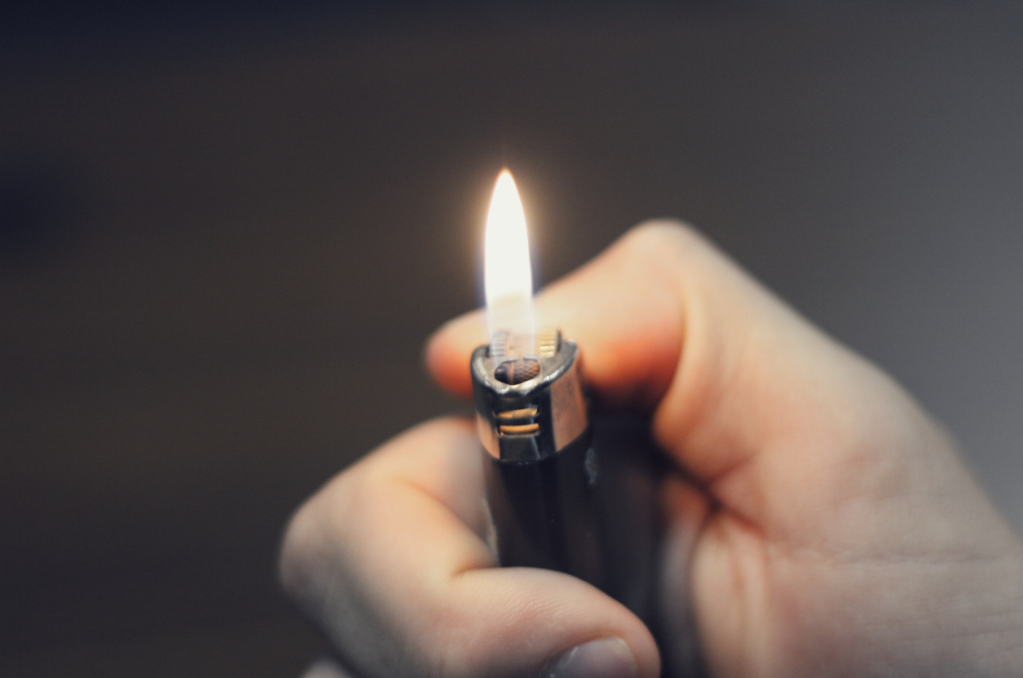
6. FIRE
In case of an emergency, you may need to start a fire to keep warm. Take a few different sources of fire with you in case one fails (they don’t weigh much, or take up too much space).
- Waterproof Matches
- Lighter
- Flint (Swedish FireSteel, Flint striker, Instafire Fire Starter)
- Firestarter (dry tinder, candles, lint)
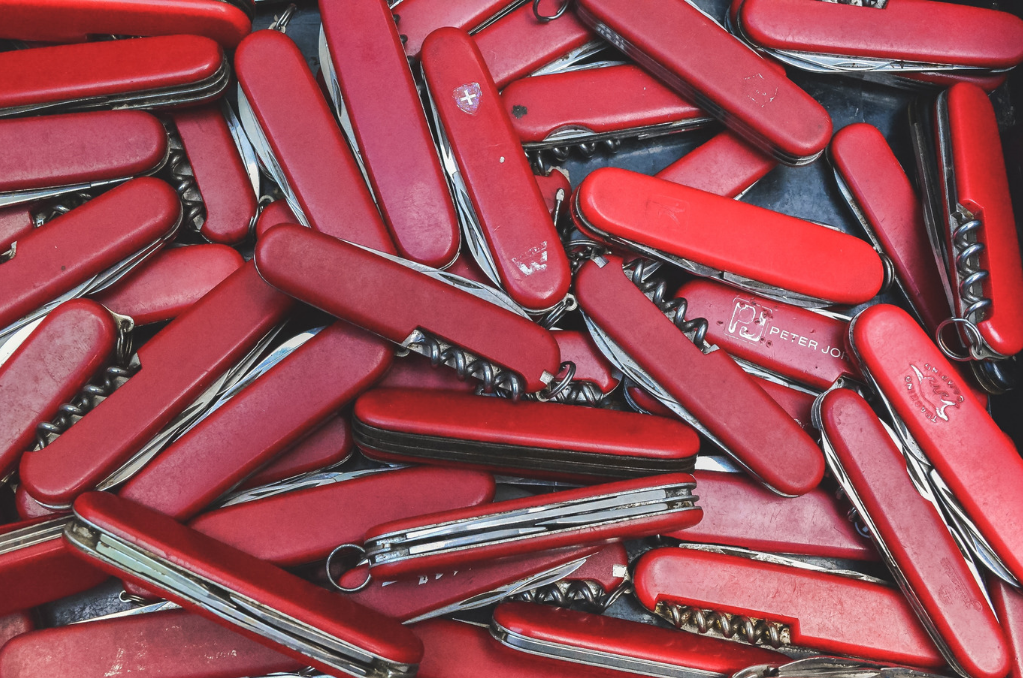
7. REPAIR KIT & TOOLS
Having a multi-tool in your pack is great for many uses – food prep, first aid, gear repair, making kindling. And depending on your adventure, you may need specific repair gear, kits and tools (tent pole ferrule, patch kit for a raft, extra bike tube, etc)
- Multi-tool
- Duct Tape
- Knife
- Paracord
- Safety pins
- Sewing kit
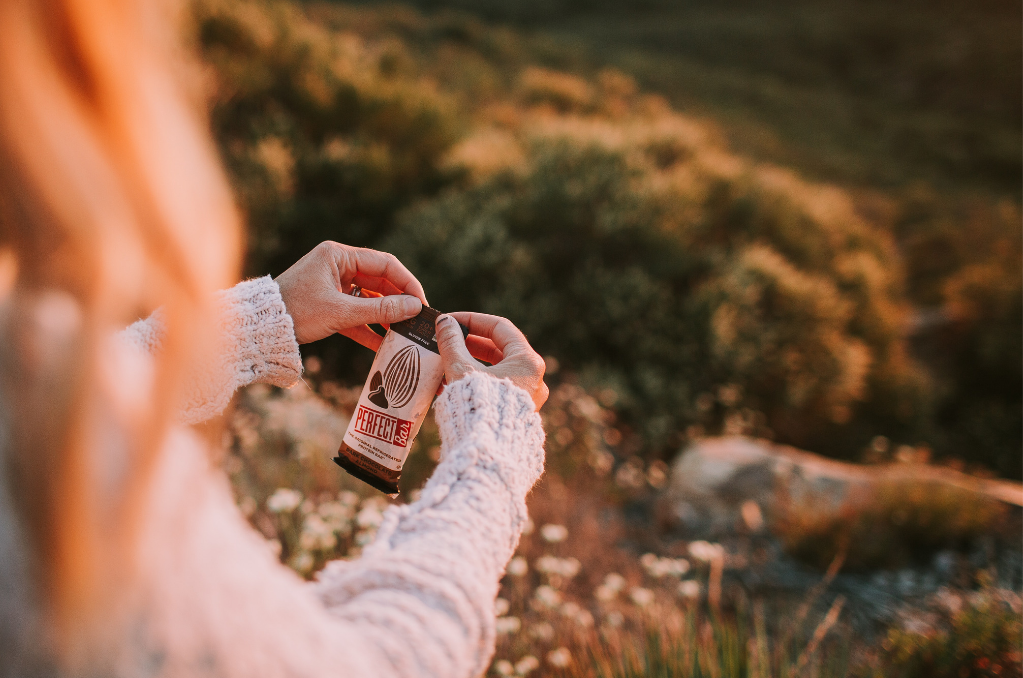
8. NUTRITION
Always back at least an extra’s day worth of food (more if you are planning on a longer adventure). It’s good to pack food that doesn’t require cooking and are high-calorie and nutrient-dense like energy bars, trail mix, and jerky. Bonus points for chocolate (that won’t melt) or candy to keep spirits up.
- Energy Bars
- ShotBloks
- Jerky
- Trail Mix
- Chocolate / Candy
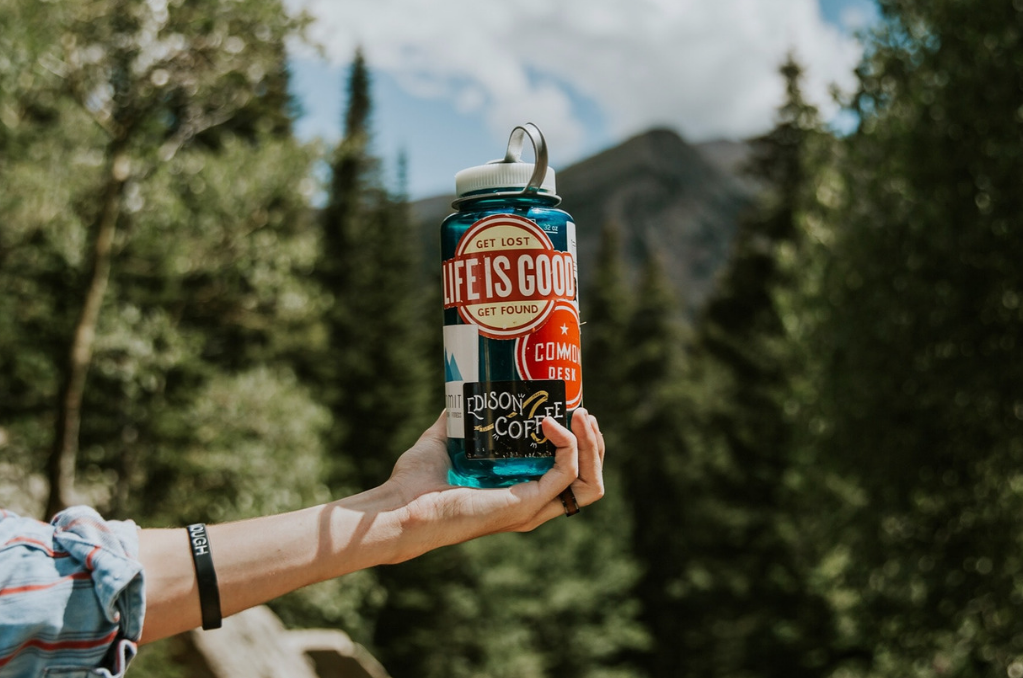
9. HYDRATION
Water is one of the most important things you can bring. Carry more than you think you will need, and drink often. You should also carry a filter and water purification tablets (throw these in your first aid kit so you always have them as a back up to your filter) to treat water you source from your location. Another great thing to bring along are a few Nuun hydration tabs which are packed with electrolytes which help maintain fluid balance, prevent muscle cramps, relax muscles and are required for normal muscle function.
- Extra water
- Water Filter
- Lifestraw
- Water purification tabs
- Nuun hydration tabs

10. EMERGENCY SHELTER
Always carry some type of emergency shelter to protect you from the elements. If you get caught in a downpour, or something happens and you are going to be spending a night in the wilderness, you will want to stay warm and dry.
- Blanket
- Emergency bivy
- Tarp
- Tent (With you, not left at camp)
- Poncho
- Space blanket
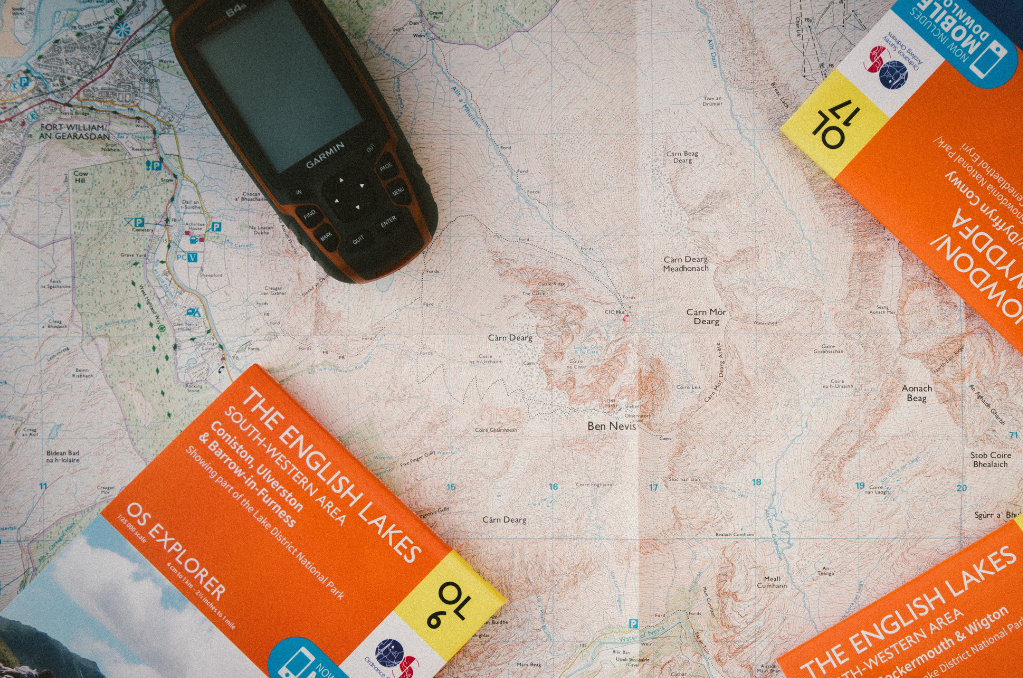
THE 11TH ESSENTIAL: SIGNALLING DEVICE
The signalling device didn’t really fit in any of the above categories, but it is just as important.
Using your whistle to call for help is three blasts of the whistle lasting 3 seconds each. Take a few seconds after the 3 blasts, and repeat as long as you can to give yourself the chance of being heard. This distress signal is recognized world-wide so you can be comfortable knowing how to call for help regardless of where you are travelling to.
Having a communication device such as as a two-way radio to communicate with your adventure partners, and a satellite phone to contact emergency personnel or family. Just be sure to pack additional batteries and/or a power bank to keep it charged up.
- Whistle
- Mobile Phone (may have limited service)
- Two-Way Radio
- Satellite Phone
- Unbreakable Signal Mirror
- Flare
ADDITIONAL ESSENTIALS
Depending on the adventure, season, location, etc. I will bring other gear that I find essential from the list below.
- A friend or two. Hiking with a partner, or better yet with 2 others is a really good idea (hiking in a group may be mandatory on some hiking trails) Not only is it funner, but in an emergency situation you can help each other out.
- Extra hiking boot laces
- Feminine supplies
- Bear Spray
- Bug Spray
- Afterbite
- Handwarmers
- Trowel, Toilet Paper, Bag to pack out TP
- Kula Cloth
- Hand Sanitizer
- Body Wipes
- Facial Tissue
- Tick removal
- Supplemental oxygen
And always, leave a trip plan with a loved one. Let them know when you are leaving, were you are going (leave a copy of your map/route) and when you are expected to be back (and let them know you are back when you do arrive home).
What are some items that I haven’t listed, that you carry in your essentials bag?
Please leave no trace when enjoying the outdoors!
* This post is a modified version of our founder's blog post on her website.
If you want to read the full post and check out links to where you can purchase these items (the gear images on the post are links), head on over to The 10 Essentials Checklist.
Like this post? Pin it on Pinterest:

